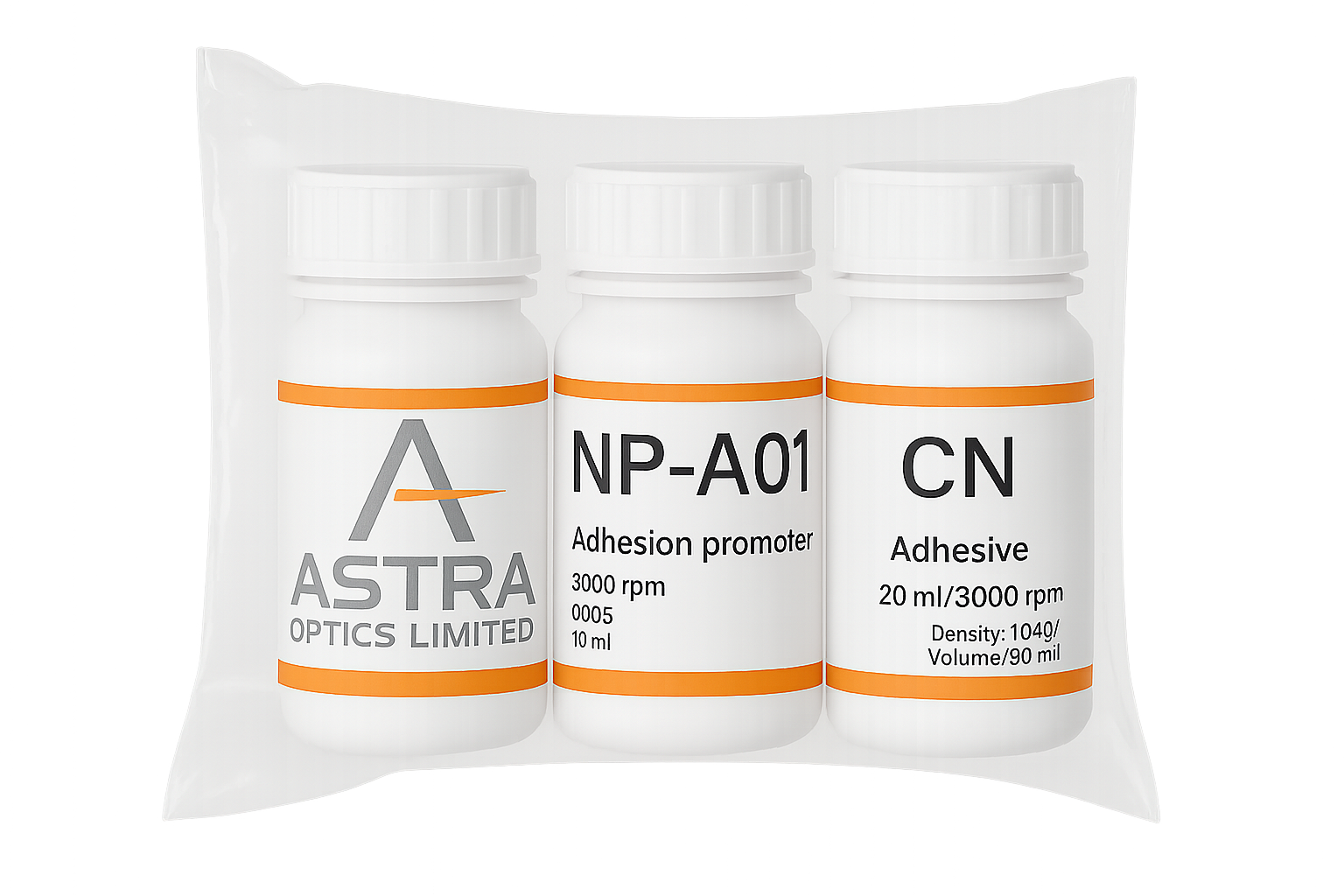

An advanced chemical solution with strong adhesion and low residue
AOP-A-010 is primarily composed of hydroxy silane. When spin-coated onto the substrate surface, its silanol groups (–Si–OH) react with hydroxyl groups (–OH) on the substrate, forming stable Si–O covalent bonds, as illustrated in Figure 1. This reaction replaces the original hydrophilic functional groups and results in the formation of an ultrathin (~15 nm) silane coupling layer. This layer significantly enhances the chemical adhesion between the photoresist and the substrate.
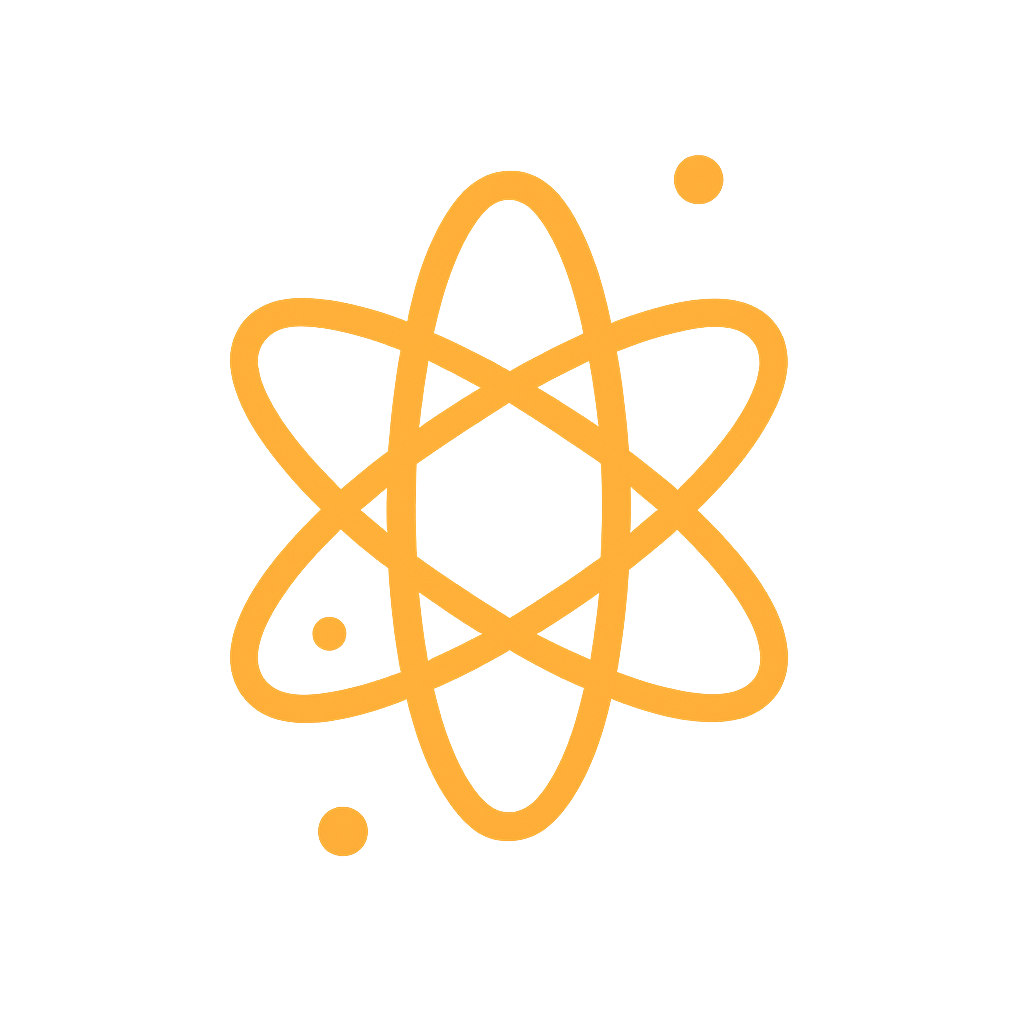
Forms stable Si–O covalent bonds that strongly anchor to the substrate surface, significantly enhancing photoresist adhesion.
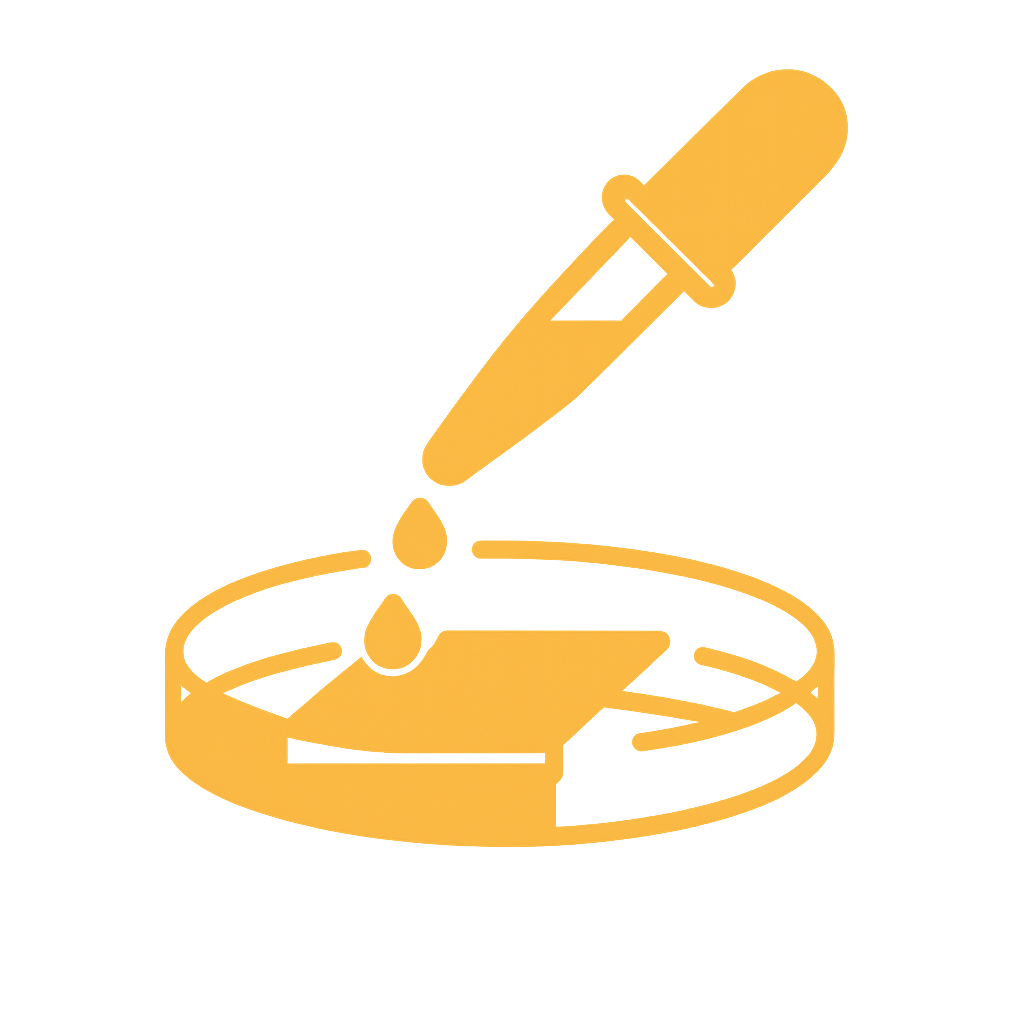
Soluble in PGMEA developer, leaving no residue after development and ensuring a clean surface.
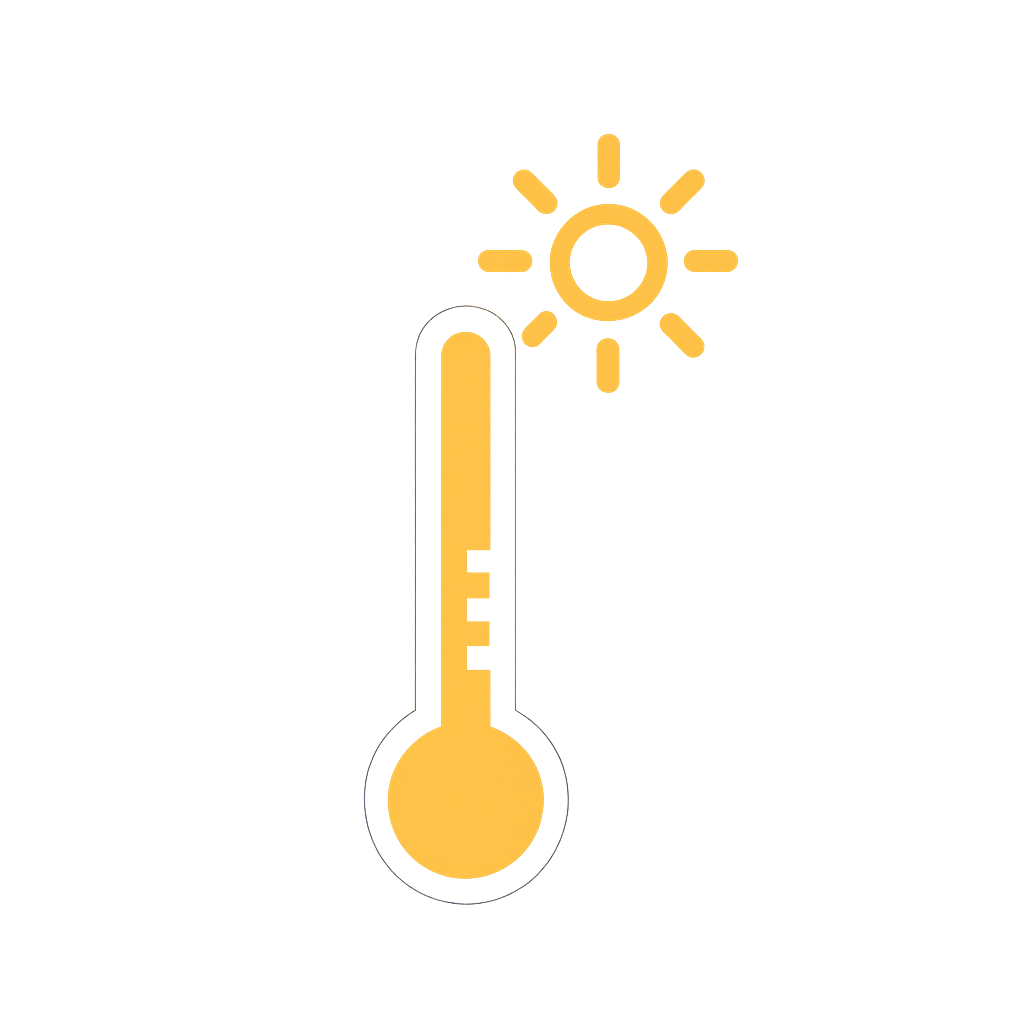
After thermal annealing at 150–180 °C, the treated layer remains stable and does not interfere with subsequent processes.
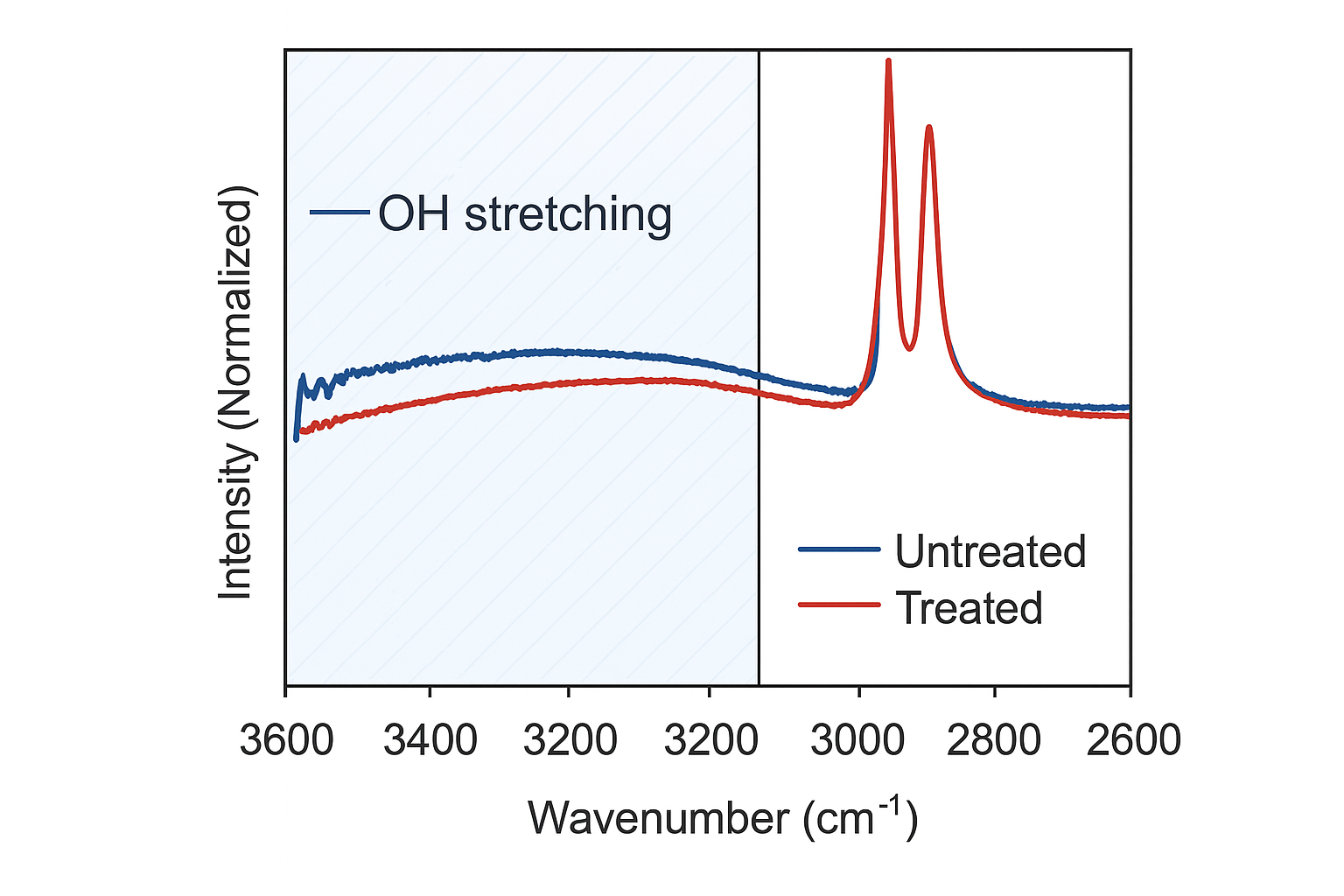
FTIR Analysis Results:
FTIR analysis indicates a distinct hydroxyl (–OH) absorption peak in the range of 3100–3600 cm⁻¹ before treatment.
After treatment with AOP-A-010, the intensity of this hydroxyl peak is significantly reduced,
indicating a decrease in surface-active hydroxyl groups and the successful formation of Si–O chemical bonds.
This confirms a substantial enhancement in the adhesion between the photoresist and the substrate.
The data has been validated through three rounds of in-house laboratory testing and is based on infrared spectroscopy analysis, ensuring authenticity and reliability.
Clean the substrate using ultrasonic treatment with acetone and isopropanol to remove particles and grease.
Step 1Dispense AOP-A-010 onto the substrate and spin coat at 3000 rpm for 30 seconds to form the adhesion-promoting layer.
Step 2Anneal on a hot plate at 150–180 °C for 13 minutes to restore a clean surface.
Step 3During development, it is soluble in PGMEA, preventing residue that could affect subsequent processing.
Step 4As semiconductor processes continue to scale down and become more refined, the adhesion between photoresists and substrates has emerged as a critical factor influencing the stability of micro/nanostructures and overall manufacturing yield. Adhesion promoters, as key materials addressing this challenge, play a decisive role in determining both the success of the lithography process and the long-term reliability of the final devices.
This report presents a comprehensive comparative analysis of mainstream adhesion promoter products in the market, with a special focus on our innovative solution — AOP-A-010. By overcoming the limitations of conventional technologies, AOP-A-010 delivers exceptional performance tailored for next-generation lithography applications.




| Performance Index | HMDS | TI PRIME | AR 300-80 | AOP-A-010 |
|---|---|---|---|---|
| Adhesion Process | Foamer + Oven (Complex) |
Hotplate/Oven (Medium) |
Hotplate/Oven (Medium) |
Hotplate (Simple) |
| Chemical Toxicity | Yes | Low | None | None |
| Applicable Resist Types | Positive Only | Positive Only | Positive/Negative | Positive/Negative |
| Bubble Suppression | No | No | No | Yes |
| Process Compatibility | Conventional Lithography | Conventional Lithography | Conventional Lithography | Conventional Lithography + Two-Photon Lithography |

Exploring a New Era of Optics, Leading the Future of Technology.

Copyright © 2025 Astra Optics Limited